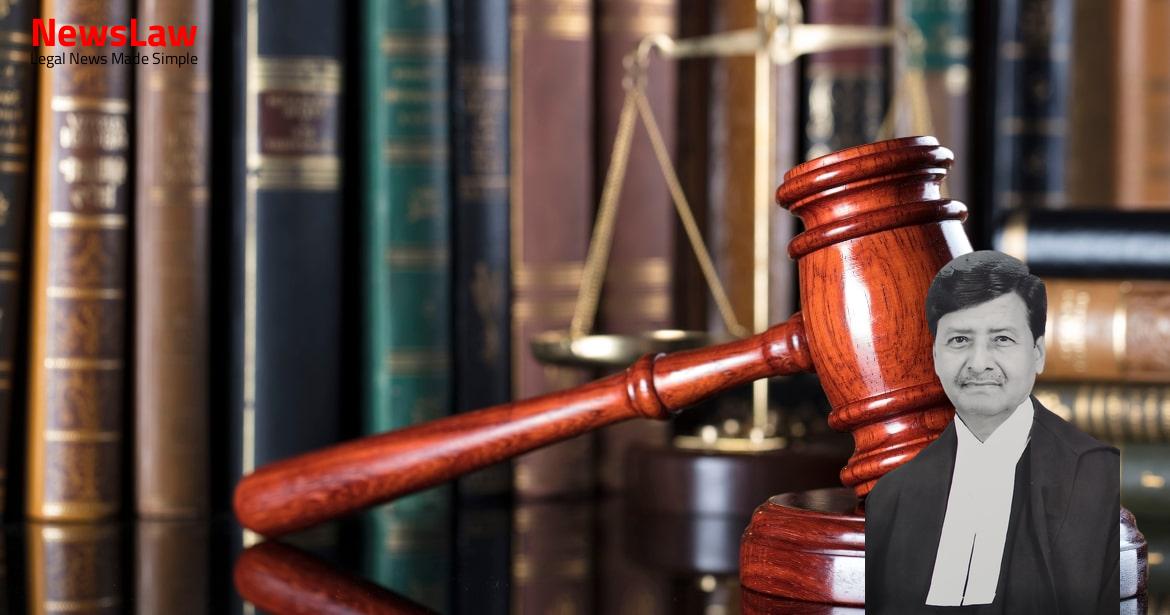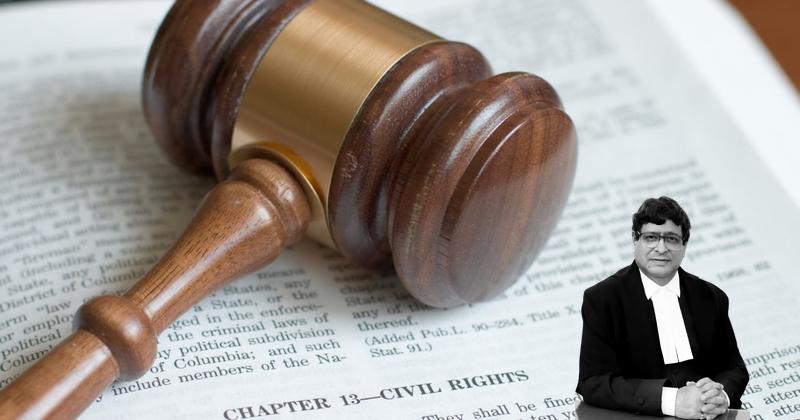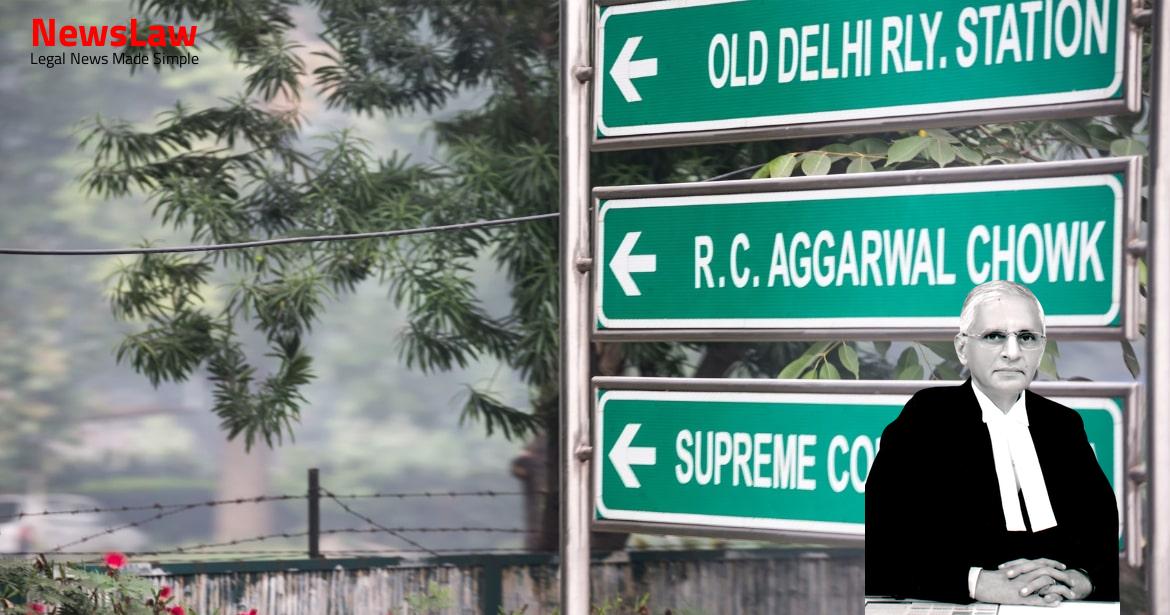Explore a detailed summary of a significant Supreme Court judgement in the case of Rajesh Sah vs. State of India. The court’s decision delved into crucial aspects such as age determination, principles of sentencing, and the balance between crime and punishment. Stay informed on the latest legal developments and principles upheld by the highest court.
Facts
- On 18 June, 1995, Rajesh Sah was assaulted by 5-6 boys near a fountain at 10:00 PM.
- Rajesh Sah intervened when the boys were passing indecent remarks to girls during Jagjit Singh night.
- Rajesh Sah was beaten with lathis-dandas by the boys, leading to severe injuries.
- His companions, including Harshvardhan Verma and Deepak Verma, also tried to intervene but ended up injured as well.
- Despite falling down, Rajesh Sah was continuously beaten by the assailants.
- The appellant (Accused No. 1) fled the scene upon seeing a crowd gather.
- Appellant and Vikas Kirola were convicted under Section 304 Part II/34 IPC and sentenced to 10 years RI.
- Manoj Singh Rautela and Deepak Pathak were acquitted.
- Sessions Judge held the appellant and Vikas Kirola guilty.
- High Court confirmed the conviction and sentence of the appellant.
Also Read: Judgment: Dispute Resolution in Infrastructure Contracts
Arguments
- The main argument presented by Mr. Siddharth Luthra, senior counsel for the appellant is based on the sole testimony of PW-3 Harshvardhan Verma.
- It is contended that the statement of PW-2 Sanjay Goswami cannot be considered as there was no opportunity for cross-examination provided to the defense.
- The appellant obtained a birth certificate on 14 September, 2010, showing his date of birth as 28 June, 1977, indicating his juvenile status at the time of the incident on 18 June, 1995.
- An application under Section 391 CrPC was filed in support of the birth certificate, which the High Court allegedly did not properly consider while dismissing the appeal.
- The Deputy A.G. representing the respondent supports the findings of both lower courts, stating that the arguments presented are a repetition of what was already considered by the trial Judge and the High Court.
Also Read: Dismissal Upheld in Disciplinary Proceedings of CISF Constable
Analysis
- The appellant’s date of birth recorded in his secondary and senior school certificates from CBSE is 13 June, 1977, establishing that he was over 18 years old on the date of the incident in June 1995.
- The later birth certificate obtained by the appellant in 2010 showing his date of birth as 28 June, 1977 was not supported by any evidence, rendering it unreliable.
- In compliance with the court’s order, the appellant provided an RTI application related to the birth certificate, but the record was missing, casting doubt on the veracity of the later birth certificate.
- The court found no reason to overturn the previous judgements of guilt against the appellant, as the evidence produced by the prosecution was deemed credible.
- The appellant’s claim of being a juvenile at the time of the incident based on the 2010 birth certificate was not accepted due to lack of supporting evidence.
- The court emphasized that sentencing should be guided by rational parameters, real circumstances of the crime, and other relevant factors, without being influenced by personal perceptions or moralistic views.
- The prosecution witness’s testimony was considered reliable, but lacking corroboration from other evidence, the appellant could not be solely convicted based on this testimony.
- The court highlighted the need for empirical rationality in sentencing decisions, considering all complexities of the case and adhering to legal principles.
- The court referenced the Juvenile Justice Act and related rules in determining the juvenile status of the appellant, ultimately concluding that he was not a juvenile at the time of the incident.
- The appellant’s alternative request for a reduced sentence based on the circumstances of the incident and his current situation was presented for the court’s consideration.
- If exact assessment of the age cannot be done, the Court or Board or Committee may give the benefit to the child by considering his/her age on the lower side within a one-year margin.
- The Court or Board or Committee must record the reasons if they decide to give the benefit of age on the lower side.
- Medical opinion or available evidence must be considered when determining the age of the child or juvenile.
- Conclusive proof of age can be based on specific evidence provided in the rule, and the Court or Board must pass a written order declaring the age and status of juvenility.
- No further inquiry by the Court or Board is necessary if the conclusive proof of age has been established unless required by specific sections of the Act and Rules.
- Culpability of the accused, antecedents, age, potentiality to become a criminal in future, capability of reformation, and ability to lead a acceptable life in the society are important factors to be considered during sentencing.
- The effect and propensity of the convict to become a social threat or nuisance should be evaluated, along with the lapse of time since the crime was committed and the conduct of the convict in the interim.
- The nature of the offence, relationship between the parties, and the possibility of bringing the convict back to the societal mainstream based on value should be given significant weightage in sentencing.
- The punishment should not be disproportionately excessive, and there should be proportionality between the crime committed and the punishment imposed.
- Just punishment is essential in the sentencing process as it reflects the collective voice of the society.
- The principles of proportionality in sentencing were discussed in the case of Gopal Singh Vs. State of Uttarakhand 2013(7) SCC 545, emphasizing on the discretion of the Judge guided by certain principles.
- The appellant had served a sentence of more than three years and five months for the unfortunate incident that took place in June 1995.
- No prior criminal antecedents were reported for the appellant, and the incident involved young boys without previous enmity, who were collectively watching Jagjit Singh night.
- Considering the overall facts, nature of the crime, appellant’s tender age at the time of the offense, subsequent conduct, and other mitigating circumstances, the sentence of rigorous imprisonment is deemed excessive.
- In light of the above considerations, the sentence of rigorous imprisonment is altered to the period already served by the appellant for the offense under Section 304 Part II/34 IPC to meet the ends of justice.
Also Read: Restitution Order in the Case of Temple Management: High Court vs. State
Decision
- The appeal has been allowed to a certain extent.
- Any pending application(s) have been disposed of.
- The judgement refers to the specific part (RPC).
Case Title: PRATAP SINGH @ PIKKI Vs. THE STATE OF UTTARAKHAND
Case Number: Crl.A. No.-001890-001890 / 2011



